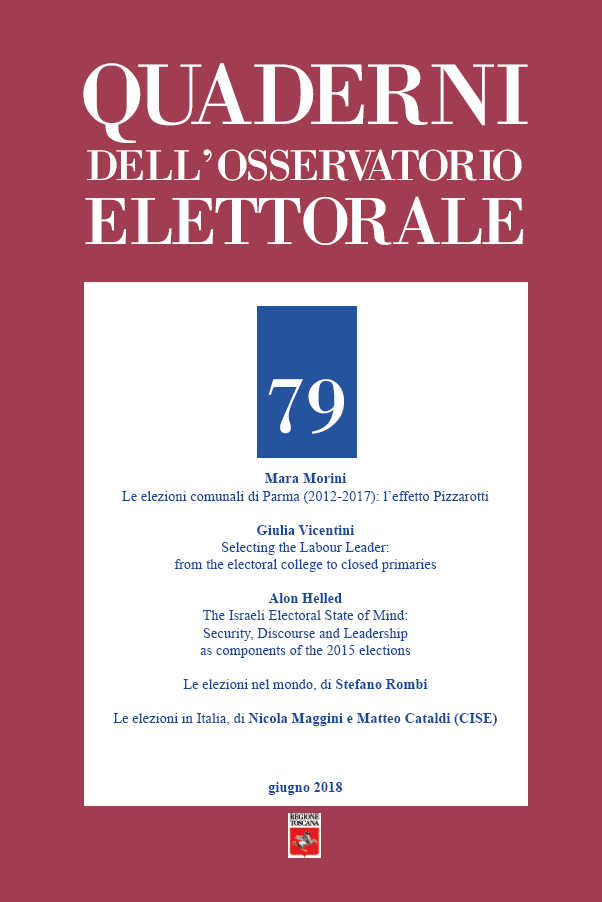Published 2018-06-30
Keywords
- Leadership selection,
- British Labour Party,
- electoral college,
- primary elections
How to Cite
Abstract
The article aims at assessing the functioning and characteristics of the most recent systems employed by the British Labour Party for selecting its leader. To this end I compared five leadership races: the huge success of Tony Blair in 1994 in the newly reformed electoral college system; the undisputed election of Gordon Brown in 2007; the narrow and disputed victory of Ed Miliband in 2010, still held under the electoral college system; the large but controversial successes of Jeremy Corbyn in the 2015 and 2016 closed primaries. The article first traces the evolution of the Labour leadership election systems in recent decades. Secondly, the five leadership races are analyzed and compared, taking into account two main variables: inclusiveness and divisiveness. These have been addressed looking at indicators such as selectorate and candidacy inclusiveness, campaign negativity, race competitiveness and elite attitude, which transversally affects all the other dimensions. The findings suggest that intra-party democracy may be dangerous for party unity and electability but the political context remains much more important than the intrinsic characteristics of the system of leadership selection used.

